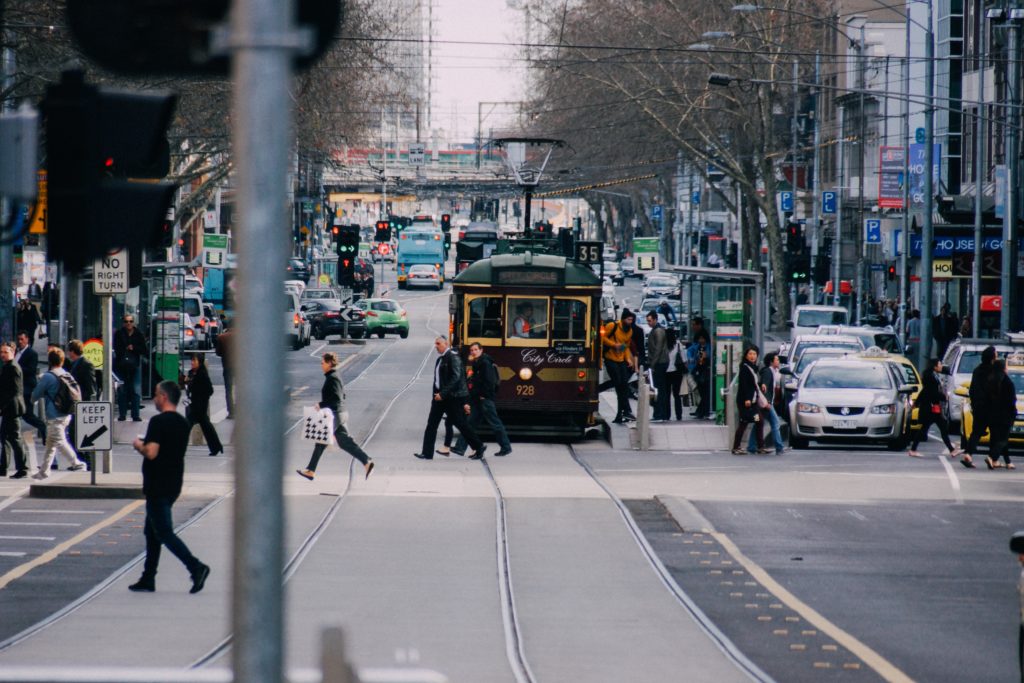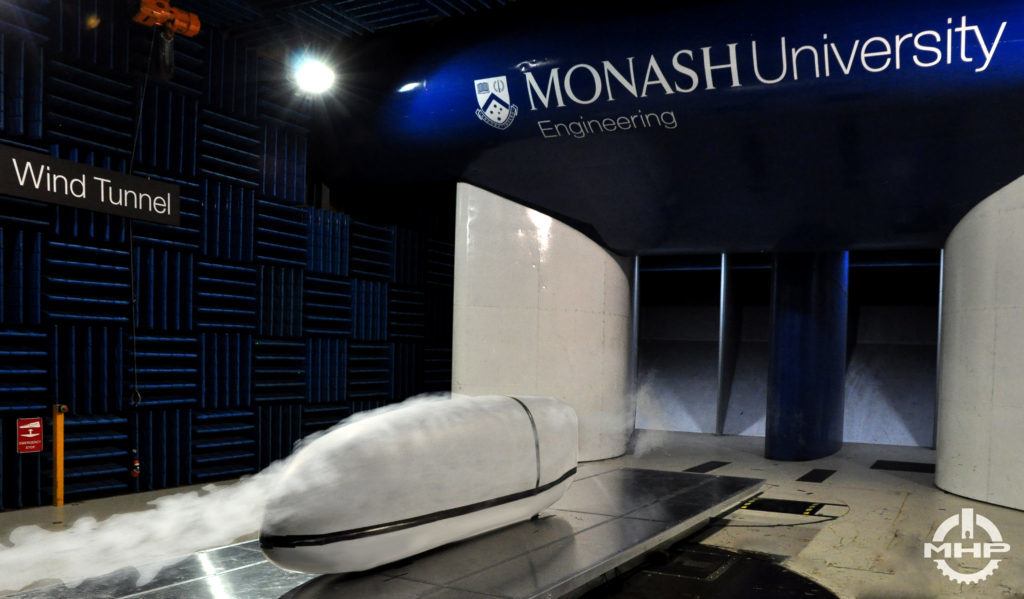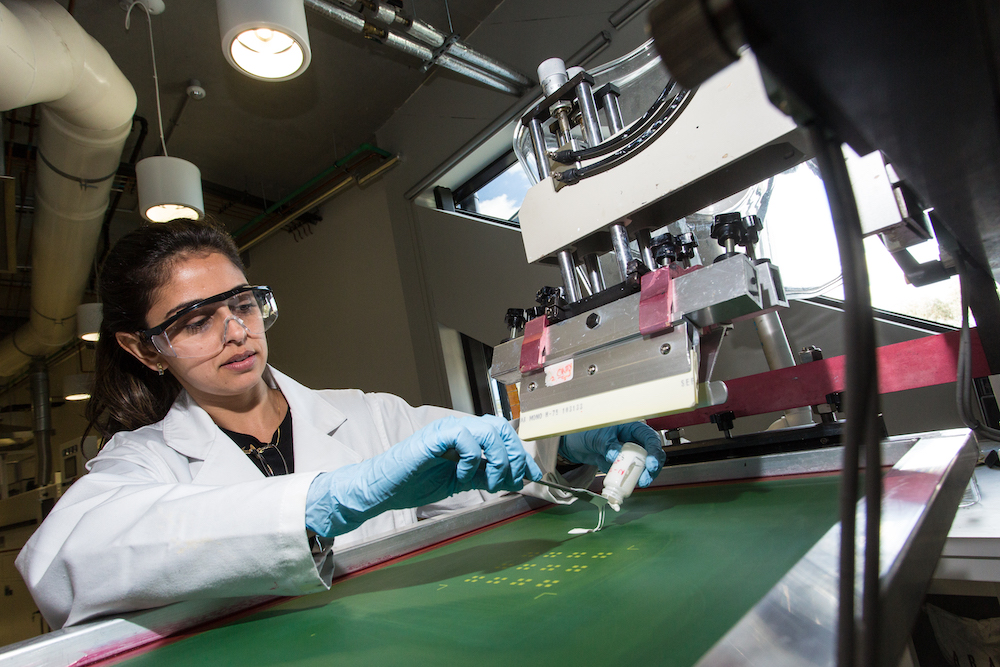From an internship at Porsche to developing the world’s fastest bike, international student Shivani Gopaul is embracing the world of innovative engineering.
We spoke to Shivani about her experience as a woman in the world of STEM (Science, Technology, Engineering, Mathematics), life in the big city, and the diverse opportunities out there for engineering students.
MAKING THE MOVE OVERSEAS
Shivani made the move from her home on the island nation of Mauritius to bustling Melbourne in 2015. After being awarded Monash University’s International Merit Scholarship, she decided to undertake a Bachelor of Engineering in Mechanical Engineering (Honours). To Shivani and her family, Australia was the best choice for international study.
“Compared to other countries, Australia seemed to have a good mix of international students,” she says. There are a lot of job prospects, it’s a very welcoming environment… Now that I am here, I can really vouch for that. I’ve always felt very welcome since I arrived, and everyone is always so willing to help.”
The jump from living in a family-based community in Mauritius to Melbourne was a big change for Shivani, but she was able to quickly adjust to city life.
“People here are much more independent and self-reliant compared to how we are at home,” she says. “That really opened my eyes and actually made me want to be like this, so living here has really helped me become a lot more independent.”
This newfound confidence even took Shivani on a study abroad program to the University of Nottingham.
“I love the challenge of having to adapt to a new place and juggle my personal life with university when everything is changing,” she says. “I enjoyed it so much that in my second year, I went on exchange to the UK!”

LIFE AT MONASH UNIVERSITY
Shivani appreciates Monash University’s ability to blend the social side of university with academics and career preparation.
“At university, I’ve really enjoyed how diverse the community is,” she says. “There are always social and cultural events, as well as industry events that the Faculty of Engineering does.”
Within her degree, Shivani prefers the hands-on, practical side of mechanical engineering, making Monash University’s project-heavy modules the perfect match. Over the years, Shivani has made and crash-tested prototype bridges, built a lamp (with dimming and timed off/on functionalities), interned at the Porsche mechanical workshop in Mauritius, and built an autonomous device (in other words, a robot) to perform a set task. One project that has stuck in Shivani’s mind was designing a mechanical pump for a community in Cambodia.
“I’m very passionate about humanitarian engineering, so that project really helped me understand how I can mix my love of giving back to the community with engineering.”
Outside of academics, Shivani enjoys some pretty unique extracurricular activities. One of these is being a team leader within Monash Human Power, a student-run engineering team working towards developing the world’s fastest human-powered bike. The record to beat? An incredible 144km per hour!
“I’m part of the chassis team. We design and build the skeleton of the bike and we have to focus mainly on the safety of the rider because it’s going at such a high speed,” she says. “Through that, I’ve gotten to learn so much about material selection, about how an engineering design is made, and how it starts as an idea and gets manufactured and tested.”

WOMEN IN STEM
From high school, Shivani knew her interest lay in maths and physics, and she had no doubt about pursuing these fields.
“I was really passionate about learning how things work around me,” she says. “So, at home, I’d always be building prototypes of things and wanting to understand how the world around me moves. Because of that, from recommendations of people and my own research, I thought mechanical engineering would be the best stream.”
Throughout history, the world of STEM has always been male-dominated. This gender gap has been under increasing criticism in recent decades, which has led to moves to improve gender diversity in STEM fields.
At Monash University, Shivani feels welcomed and supported, but she’s aware of uncomfortable stories from other women working in the field. The simple lack of female bathrooms on sites is a reminder of how STEM workplaces sometimes operate. However, Shivani is optimistic about Australia’s efforts to correct this imbalance.
“I did an internship with the company Aurecon, and they have a huge focus on diversity and inclusion – it was almost a half/half split on gender,” she says. “I definitely feel like, in Australia, the workplace is trying its best to cater to women.”
In Shivani’s opinion, STEM needs to be introduced to students from an earlier age, in order to bridge the gender gap. She also feels that STEM should be integrated into every aspect of early learning.
“I definitely encourage, even in primary school, exposing students to everything. Even in the games that students play in school, it should not be gender-biased at all,” she says. “Through these little things, we’re exposing students to very hands-on skills. They might get to see that this is something that they’d want to do in the future. That’s where we can really make the change.”
FUTURE GOALS
After graduation, Shivani plans to stay in Australia to gain experience and work on diverse projects – for a few years, at least.
“I’d be interested in moving to other places as well, because I really see the value in understanding other cultures and opening myself to new experiences,” she says.
Listing Engineers Without Borders and Pollinate Energy as two companies she dreams of working for, Shivani also sees herself returning to Mauritius and sharing her knowledge with the next generation of women in STEM.
“I would also like to go back home and give back to my country, especially because I see that their girls have less opportunity in engineering,” she says. “Many times we see that in school, we are moulding girls in a way that we are forcing them to go into traditionally female-dominated fields and not really going for STEM professions, so I would like to go back home and try to change that attitude.”
For women looking to pursue STEM, Shivani is excited and encouraging.
“Gender should have nothing to do [with studying STEM]. It’s good that everyone is seeing that,” she says. “It just depends on someone’s willingness to study and to work hard, and that’s what will take us far.
“We as women have to empower each other, and we should feel that there are no limitations.”






